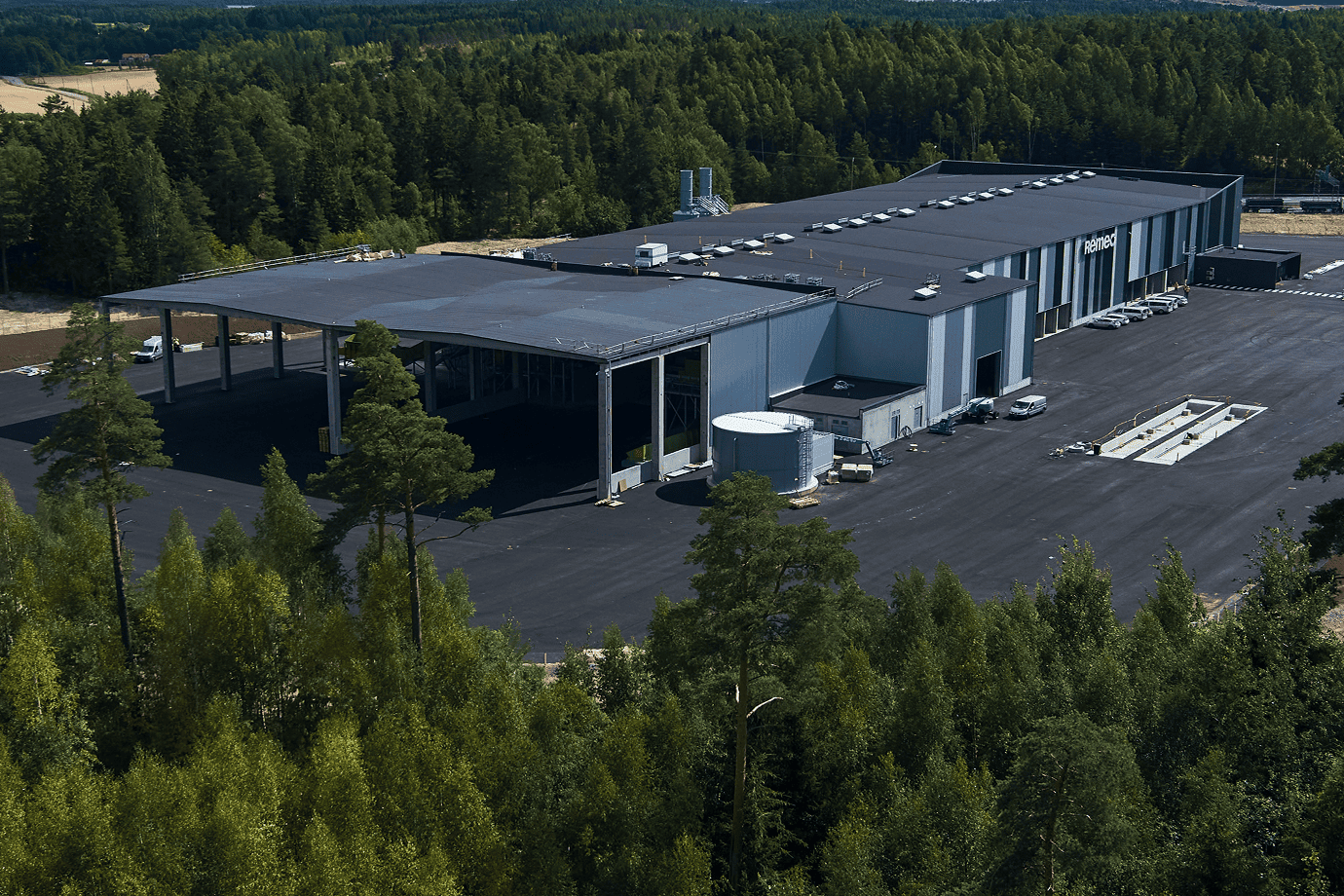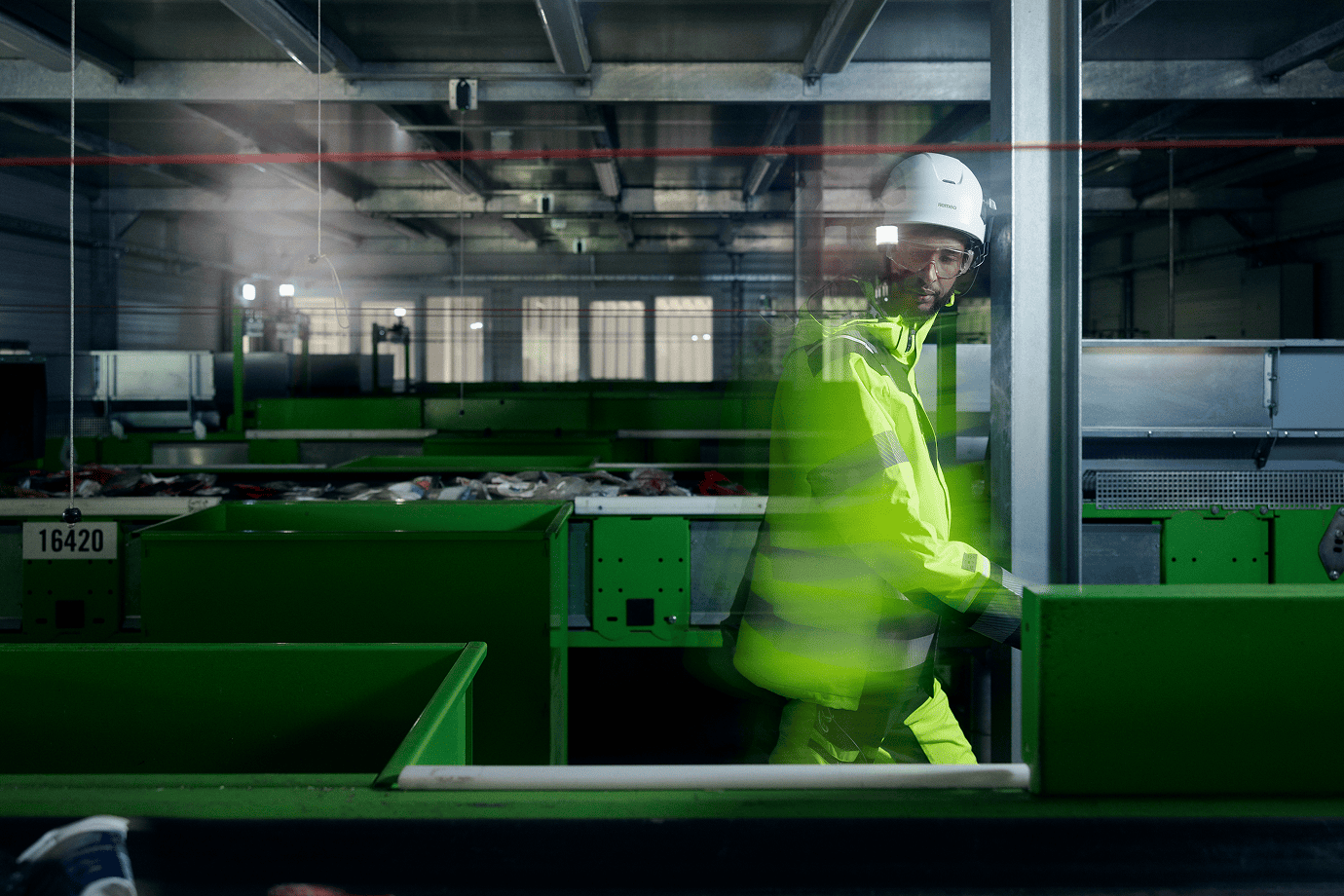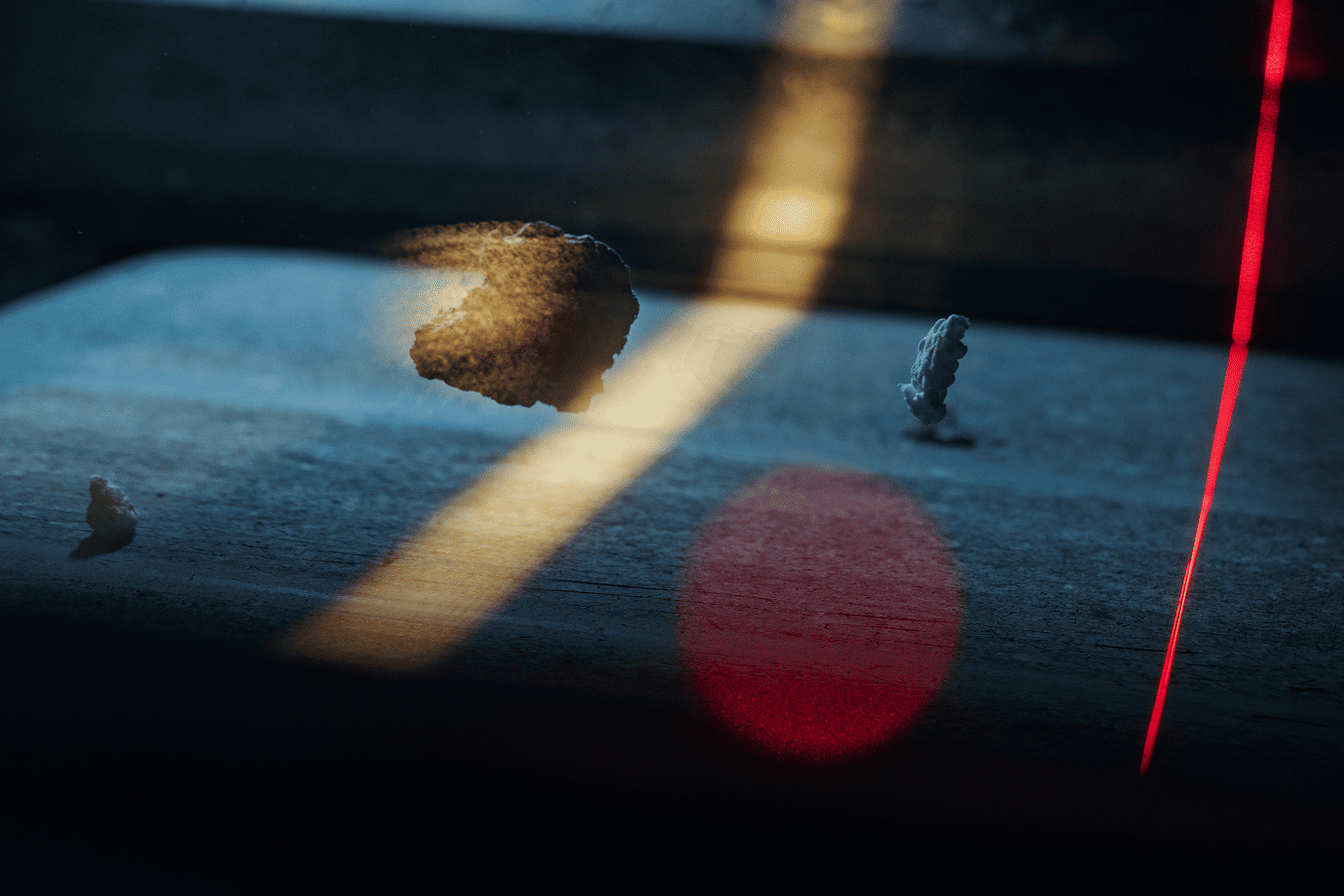Processing technology

Industrial-scale waste processing with new sorting technologies
Our modern processing facility in Vantaa is among Europe’s best, thanks to its technical capabilities, innovativeness, and flexibility. We continuously collect data on the materials we process, which allows us to improve our processes and the sorting of new material types. Our facility operates two separate sorting lines:
- Optical sorting: infrared technology for identifying plastics and fibers
- Robot sorting: AI-controlled robots for sorting 3D materials


The fusion of material expertise and processing techniques
In addition to the latest technology, we also use other proven methods and techniques to process materials into recycled raw materials. We separate waste materials from each other by utilizing mechanical processing as well as air, water, gravity, vortex currents, and powerful magnets. Some materials, such as cardboard and plastic films, are best separated directly at the point of waste generation. Our goal is to circulate as large a portion of materials as possible.
Why choose us for waste processing services


Waste management solutions tailored to your needs and efficiency
Waste streams vary across industries, which is why we always design processing solutions based on your company’s individual needs. By choosing us as your partner, you can trust that the maximum possible amount of waste materials will be recycled into raw materials for reuse.

Frequently asked questions
Most types of waste materials can be processed at Remeo’s waste processing facilities. Our nationwide network of processing facilities ensures the optimal treatment of materials for reuse and recovery. Additionally, our facilities are somewhat specialized in handling different materials — for example, our Mega facility in Vantaa specializes in optical separation of plastics and robotic sorting of construction waste.
Environmental permits form the foundation of our operations. Our processing facilities operate under official supervision, and we plan our activities in accordance with the conditions of environmental permits, continuously monitoring compliance. We regularly report our operations to the authorities.
Fire safety at a waste processing facility involves several factors. Our facilities are equipped with initial fire extinguishing equipment, and our staff regularly participates in fire safety training. We aim to process incoming waste as quickly as possible and avoid unnecessary storage. We monitor the temperature of waste piles using, for example, thermal cameras. In addition, we guide our customers to sort their waste correctly — for instance, batteries pose a significant fire hazard and should not be mixed with regular waste due to the risk of ignition.